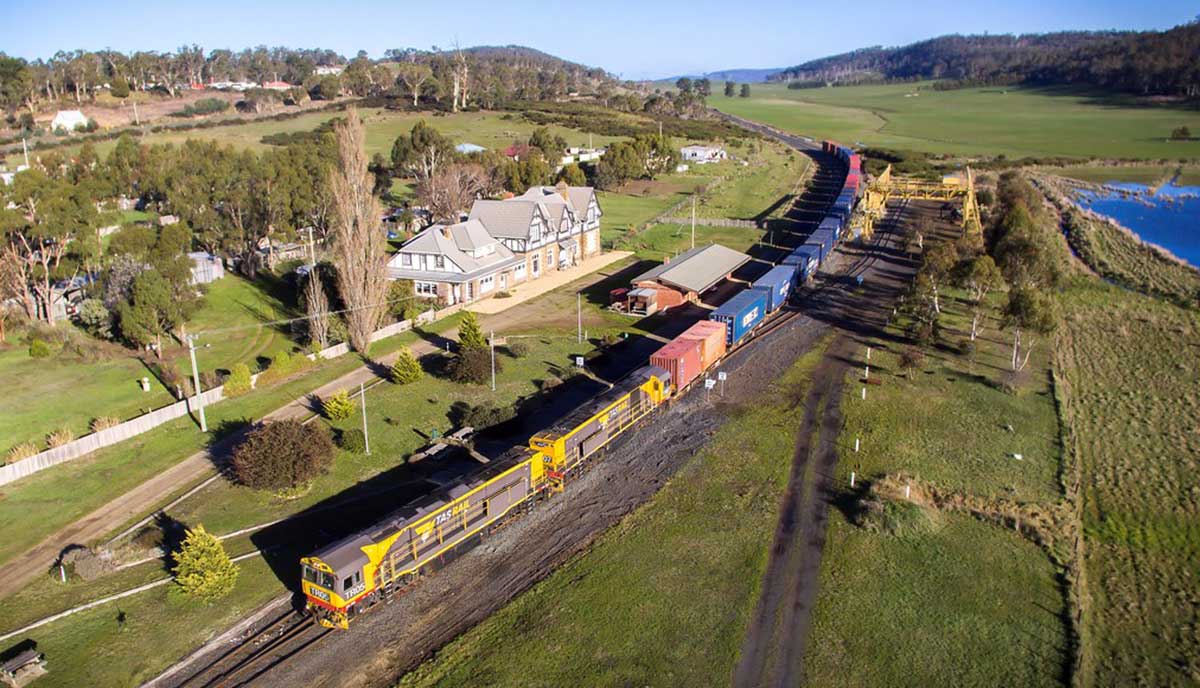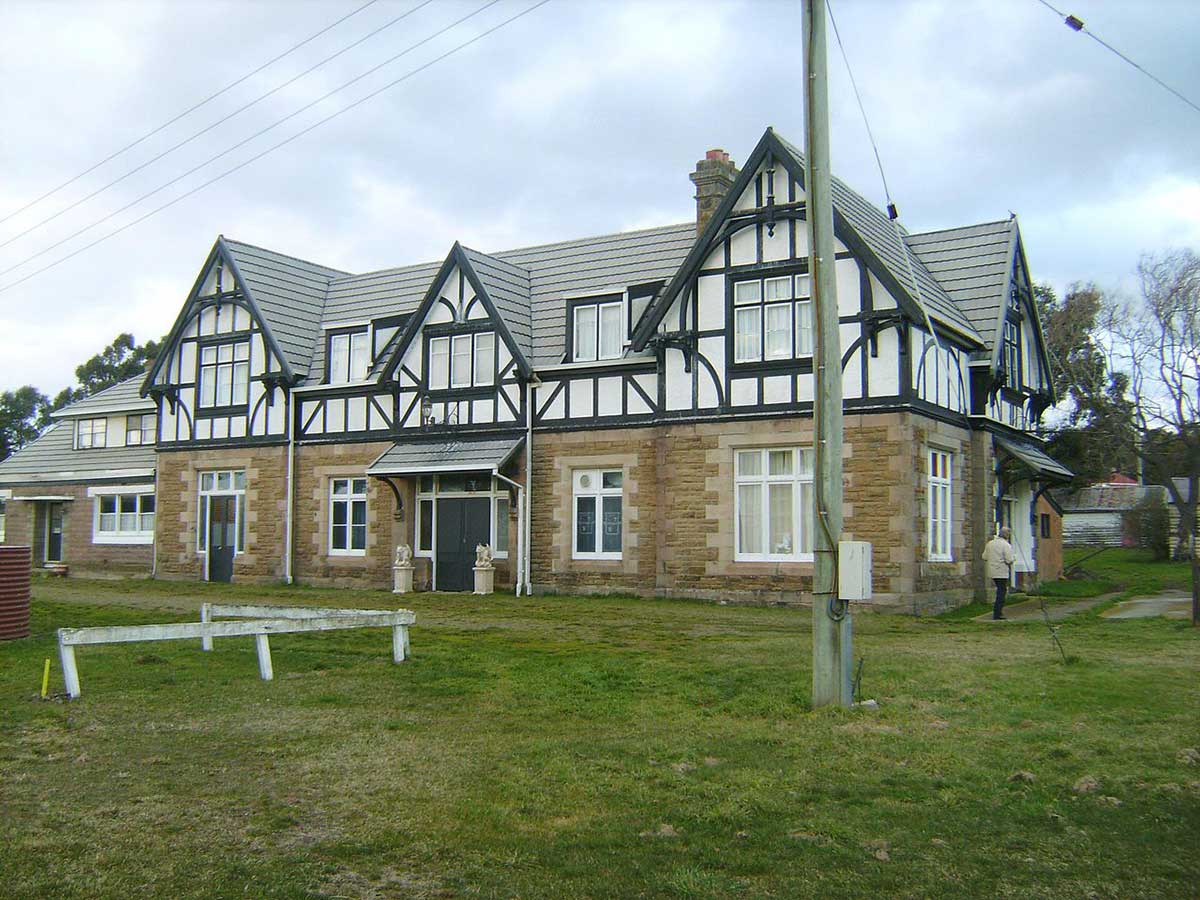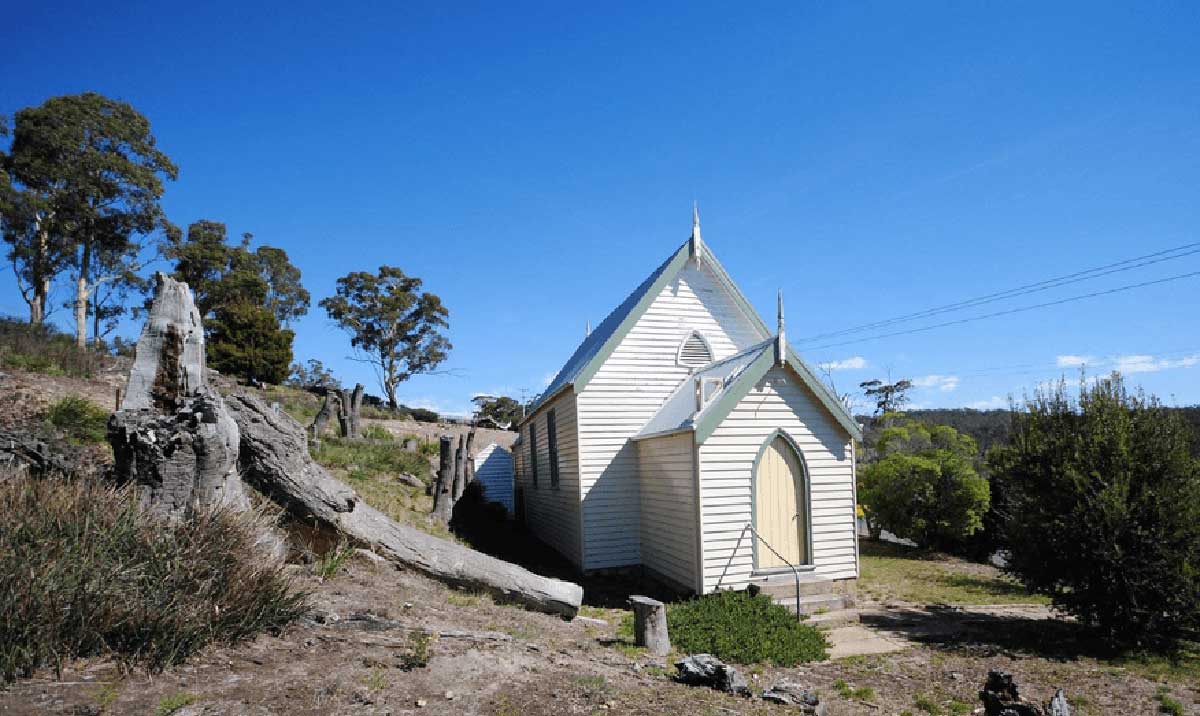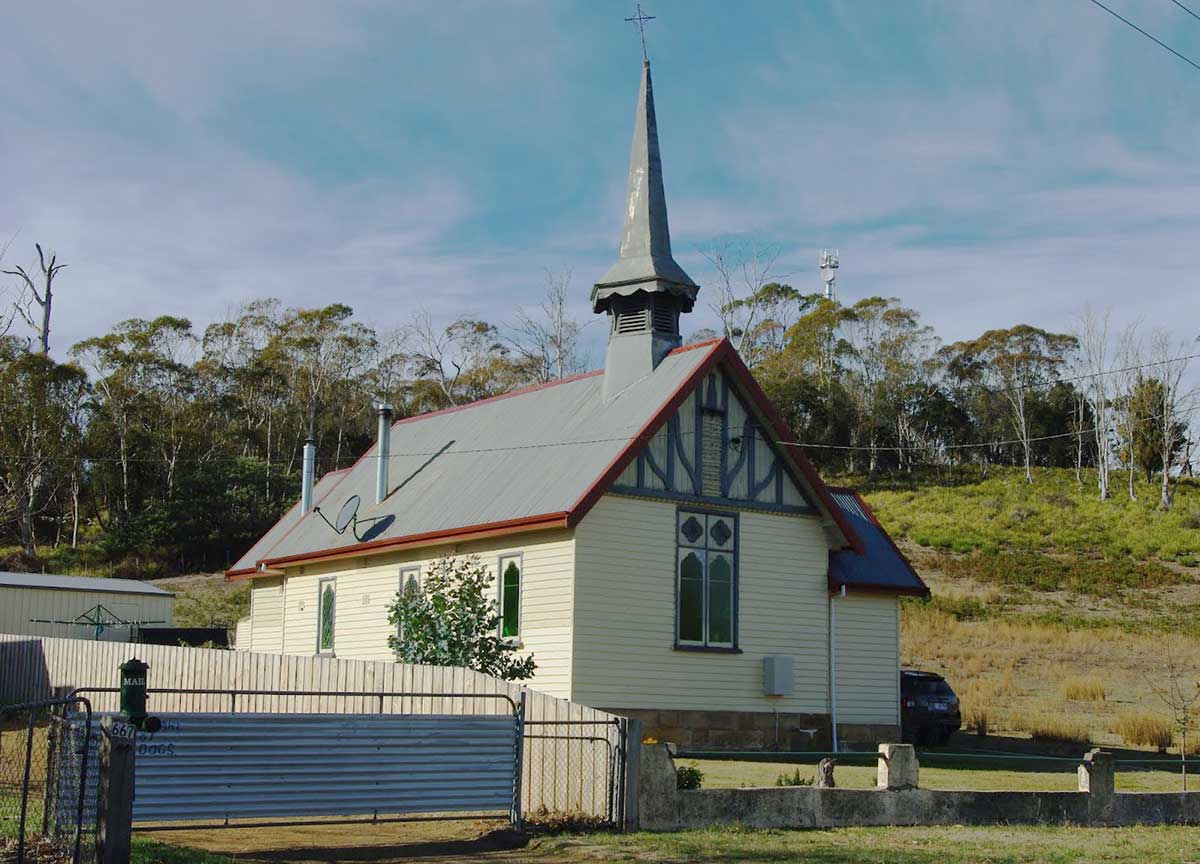Parattah, Tasmania

Parattah and its surrounding area is home to about 100 families, and contains many historic buildings, such as a farmhouse which was once home to Hudson Fysh, one of the founders of Qantas, and a historic railway station. The main street contains a number of attractive dwellings dating from the town's heyday. The village retains the original general store, the impressive Tudor style Parattah Hotel and a number of historic churches.
Parattah is situated 7 Km southeast of Oatlands. It was named Parattah in 1879 by the Oatlands Council and is an aboriginal word meaning "ice and cold".
The township of Parattah is built on land that once formed the Hilly Park estate, granted to Henry Bilton in 1830. The township was established largely as a result of the main line railway in 1876, and was named the Oatlands Railway Station. In 1879 the name was changed to Parattah. John Sawford was one of the first settlers to take up land here, after the founding of Hilly Park, in 1831.
The township was established when the ‘Main Line’ railway was built between Launceston and Hobart. First named ‘Oatlands Railway Station’, due to the former Oatlands Railway, which branched off towards Oatlands from this area. Today, the railway station serves no passenger traffic, with the last passenger visits occurring in the early 2000s on heritage rail tours.

Parattah Hotel
The railway in Parattah served as an important point on the Main line from Hobart to Launceston, being the halfway stopping point for the Tasman Limited, and the terminus for suburban and inter-regional passenger services on the Tasmanian Government Railways. Within the timetables, Parattah was allocated as a station where refreshments could be purchased, or where train, taxi or airplane connections could be arranged.
Because of the high volume of traffic the station received, it was the location of a coaling stage and water refilling station for steam locomotives, a wye for turning locomotives around, as well as sidings and a loading crane for freight and goods traffic. Whilst not a part of the system nowadays, the sidings and loading crane can still be seen today. The station building itself has been restored, with a small museum housed there, and is now situated beside a public picnic reserve. Parattah Junction remains the highest elevated station on the Tasmanian rail network, and originally housed the town's post office until 1914.

Parattah Presbyterian (Uniting) Church
There were three religious denominations established at Parattah: Anglican, Presbyterian and Catholic. As with all rural localities, there was an enormous effort made by the local community, and especially the women, to raise funds to build Parattah's first church - the Parattah Presbyterian church. Places of worship, especially in rural centres, were not built with cash from the ‘Church’ but were entirely dependent on the donation of land, subscriptions and gifts and of course fundraising through the ubiquitous church bazaar. The Parattah Presbyterian church opened in 1887. Ninety years after it opened the Parattah Presbyterian church became part of the Uniting Church. It appears that the church closed in the 1990’s but was only recently sold in 2018.

St George’s Anglican Church
St George’s was the second church built at Parattah with the foundation stone for the building laid on 6 February 1903. The land for the church was given by a Mr. Burbury, member for the district. The church was completed in early 1904 and was dedicated in late September by John Edward Mercer, Bishop of Tasmania. St George’s did not quite reach its centenary with services ceasing in the 1990’s and the building was sold in 2004. It was in a poor condition at the time of its sale but it has been subsequently restored and is now a house.
St Joseph’s Catholic church opened in 1935 and was the last of the three churches built at the town. Catholics had used the Jubilee Hall as a place of worship from around the turn of the 20th century. Given that St Joseph’s church was half a century in the making is unfortunate that it operated for only 70 years before it was closed and sold in 2008. Its closure was one of several in that year with Catholic churches at Kempton, Fitzgerald and Hamilton with final Masses all held on the same weekend.
![]()
